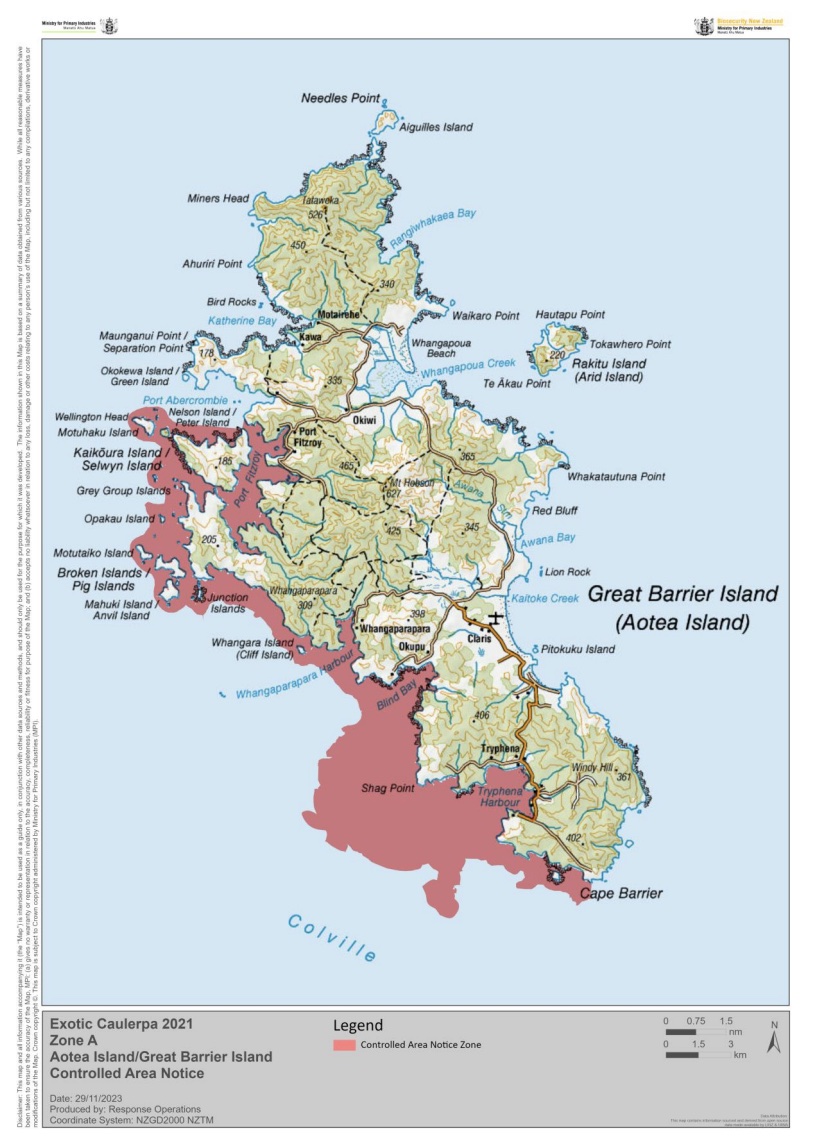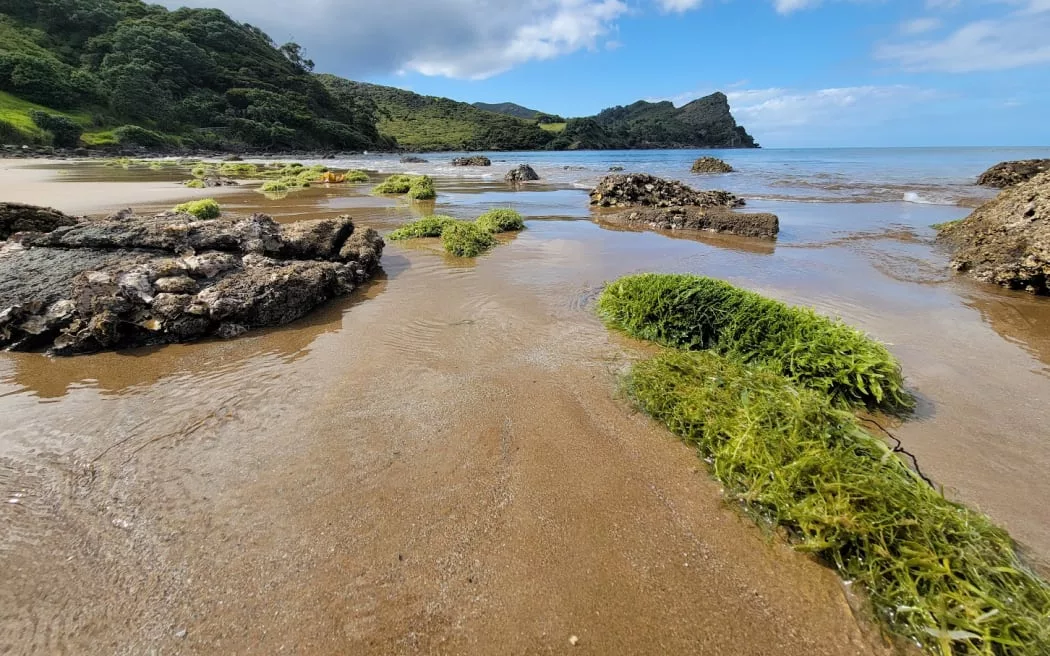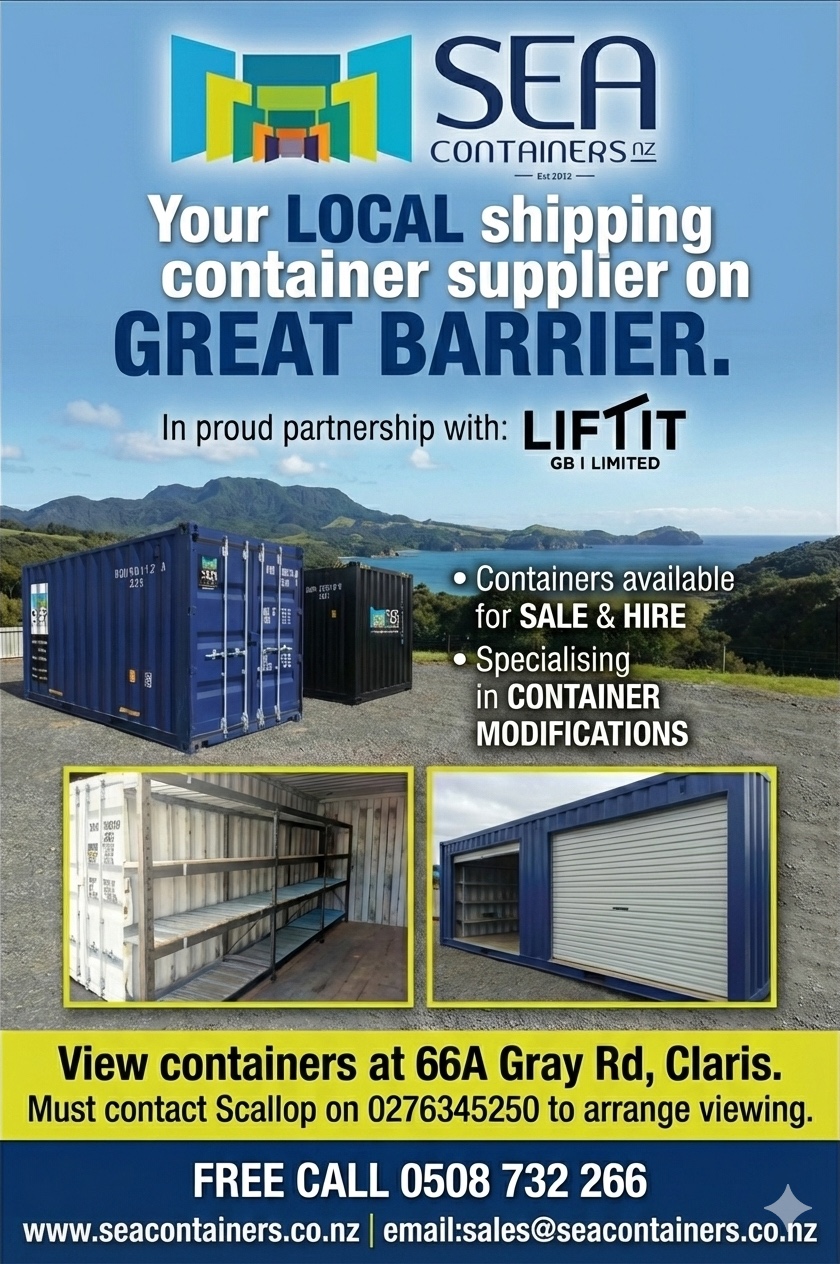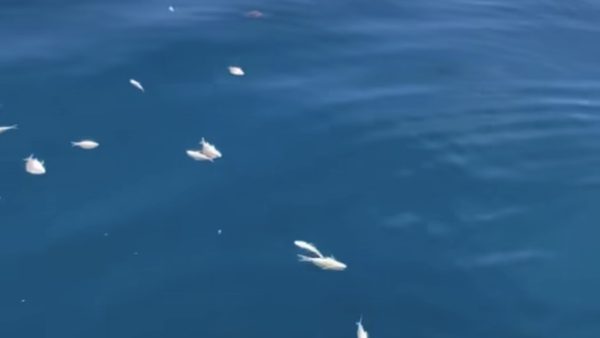The Ministry for Primary Industries (MPI) has officially extended the Exotic Caulerpa Controlled Area Notices (CANs) for Aotea / Great Barrier Island until 30 September 2025.
The restrictions, initially implemented in 2021, aim to limit the spread of the invasive seaweed Caulerpa brachypus and Caulerpa parvifolia in the island’s waters.
Residents, businesses, and anglers on Aotea have long expressed frustration at the CANs, especially after AoteaGBI.news revealed earlier this year, MPI had been issuing commercial fishing licenses within the controlled areas, without notifying the public.
“This notice… establishes movement controls, and specifies treatments and procedures to enable the limitation of the spread of Caulerpa brachypus and Caulerpa parvifolia,” the latest release states.
The extension comes on the heels of a meeting in August between MPI and locals. MPI opted not to take a vote on the future of the CANs, instead directing participants to an online feedback form.
Aotea has the most severe Caulerpa infestation in New Zealand, yet has received only a fraction of the funding allocated to the fight against the invasive species.
Despite $10 million earmarked by Biosecurity Minister Andrew Hoggard to combat Caulerpa outbreaks across the country, the island was allocated just $250,000 —a decision some, including Aotea Caulerpa Response Team (ACRT) Chair Chris Ollivier, see as inadequate.
“We have 95 percent of the Caulerpa, and are getting 5 percent of the funding,” Ollivier told AoteaGBI.news earlier this year.
The economic impact of the CANs remain unclear. At August’s meeting, MPI admitted it lacks data on the financial toll for the island’s residents. John Walsh, MPI’s Director of Pest Management and Biosecurity, emphasized that the primary focus is on environmental protection, stating that while Caulerpa continues to spread on Aotea, the situation would be significantly worse without the CANs in place.

Walsh’s comments did little to assuage local fears. As one at the meeting remarked, “We’re being asked to sacrifice without any clear end in sight.”
The CANs prevent unpermitted anchoring and ban the removal of sea ‘organisms’ such as fish, seaweed, crayfish, and shellfish, except for customary food gathering and specific methods like line fishing, drift fishing, and spearfishing.
They also restrict the movement of water-based equipment (e.g., fishing gear, diving gear, boats) out of the controlled areas unless it has been thoroughly cleaned.
Read the updated Controlled Area Notice from MPI here.







